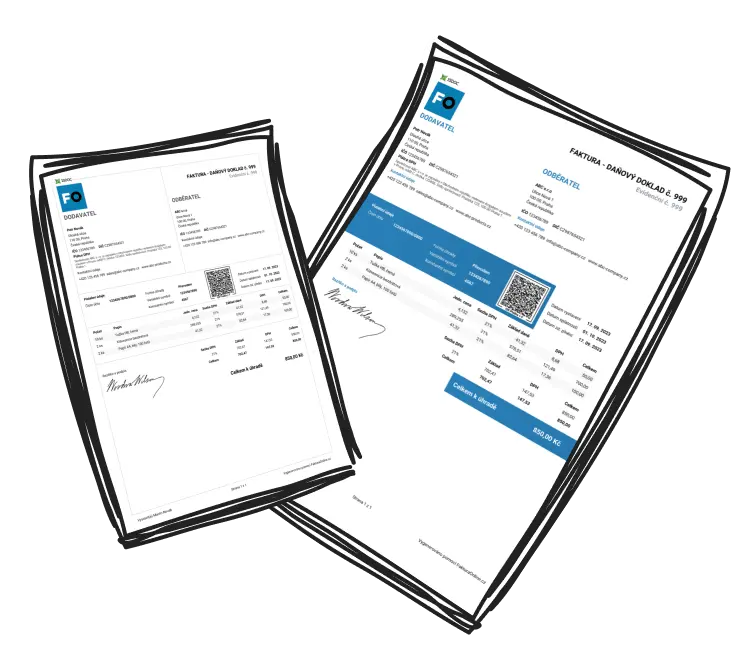Navigating the world of invoicing can be challenging, whether you're embarking on a new business venture or dealing with invoices for the first time in a professional capacity. Understanding the nuances of what an invoice should contain is crucial.
Defining an Invoice
An invoice is a financial document generated by a business to detail services rendered or products sold, and similarly, businesses receive invoices from suppliers for their goods.
It's important to distinguish between an invoice and a tax document. The latter is specifically issued by VAT-registered entities, and therefore, they include slightly different components.
For VAT-registered businesses, every transaction must be accompanied by a tax invoice, which should encompass:
- The names and details of the supplier and the customer,
- The registered address of your company,
- Company identification and VAT numbers,
- Registration details in the Commercial Register,
- Details of the services provided or products sold,
- Dates of issue, due date, and completion of the taxable transaction,
- Payment method and bank account details,
- Information on the tax amount.
Examples of VAT invoices are available for reference on MyInvoiceOnline.co.uk.
Invoices for Non-VAT Registered Entities
For non-VAT payers, such as entrepreneurs or self-employed individuals, the requirements vary based on whether they maintain formal accounts and their annual income. A significant threshold here is CZK 25 million.
The primary difference for non-VAT payers is the absence of VAT details and the format of the invoice number (which could be numerical or written, like invoice No. 202006).
Key details include:
- Supplier and customer information (names and company names),
- Your company's official address,
- Company identification number,
- Registration information in the Commercial Register,
- Description of services or products sold,
- Issue date, due date, and completion date of the transaction,
- Payment terms and bank account information.
For a practical example of a non-VAT payer invoice, you can visit MyInvoiceOnline.co.uk.
To streamline the invoicing process and ensure accuracy, using an online tool like MyInvoiceOnline.co.uk is highly recommended. This tool simplifies the creation of invoices, ensuring all necessary details are included efficiently and correctly.


